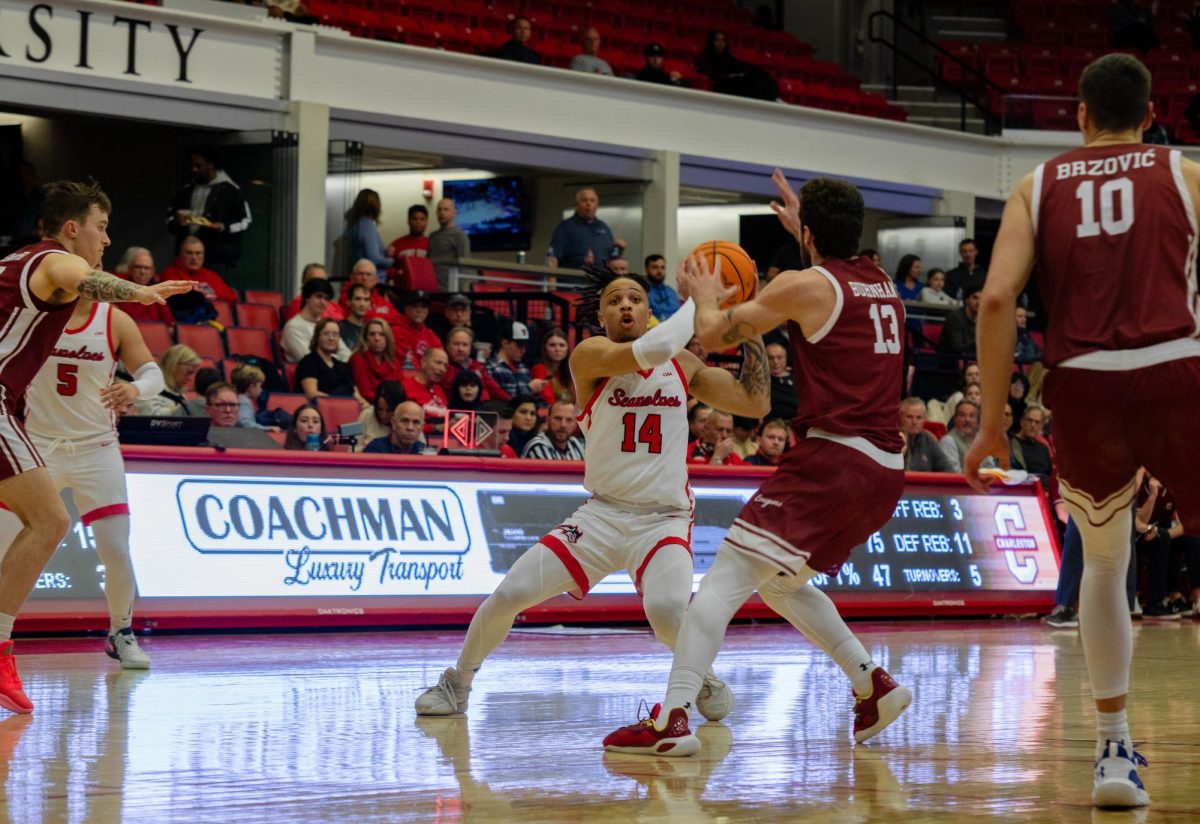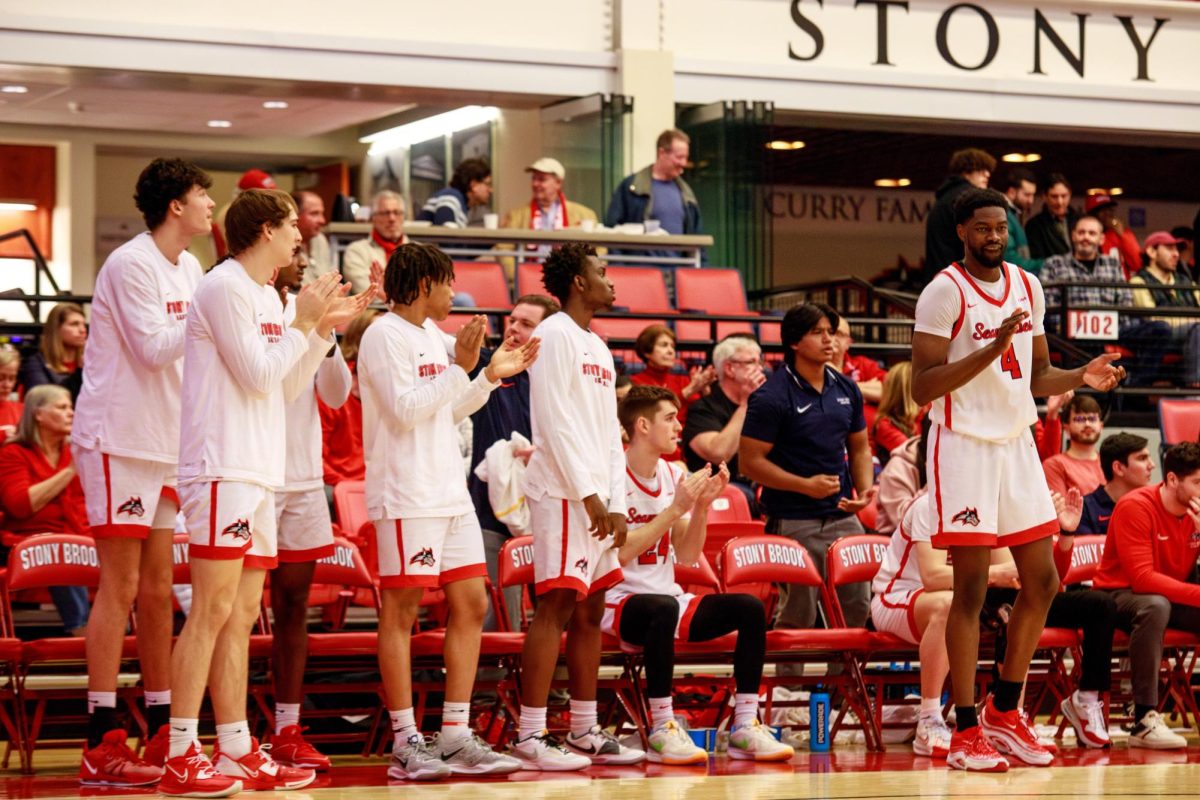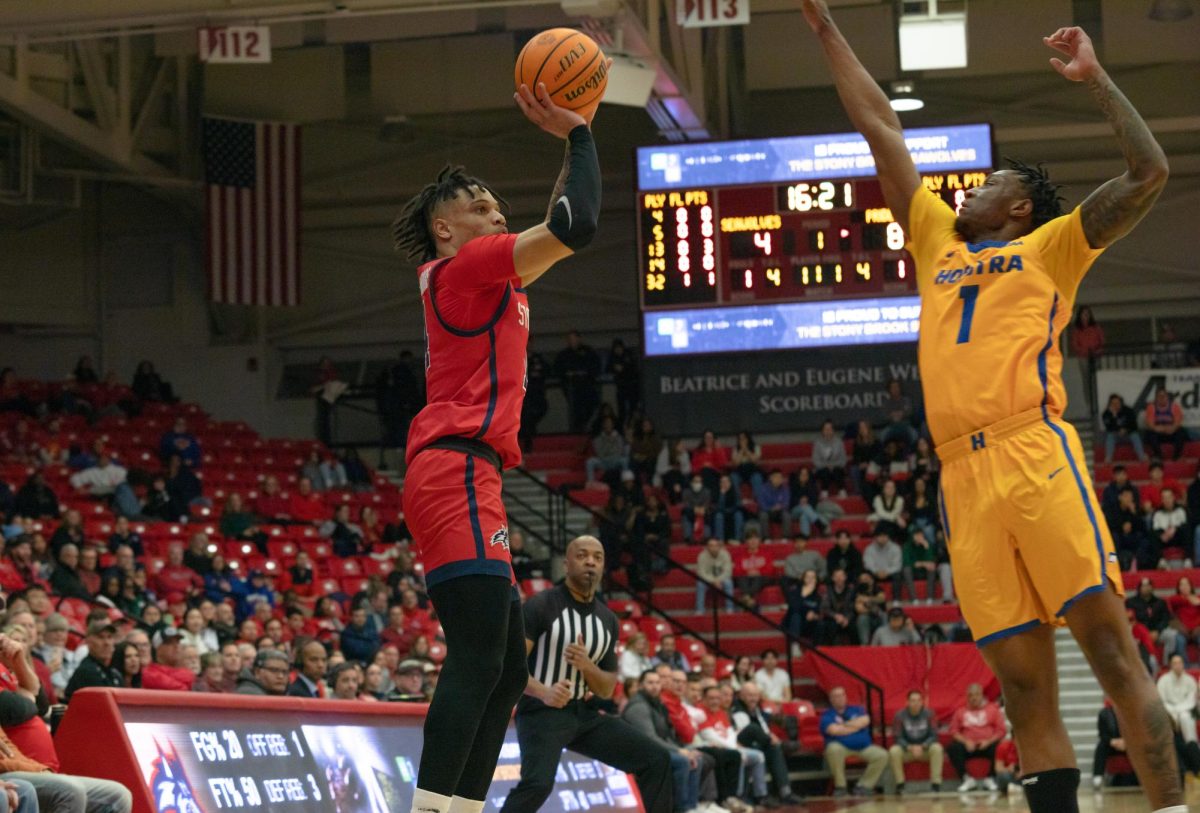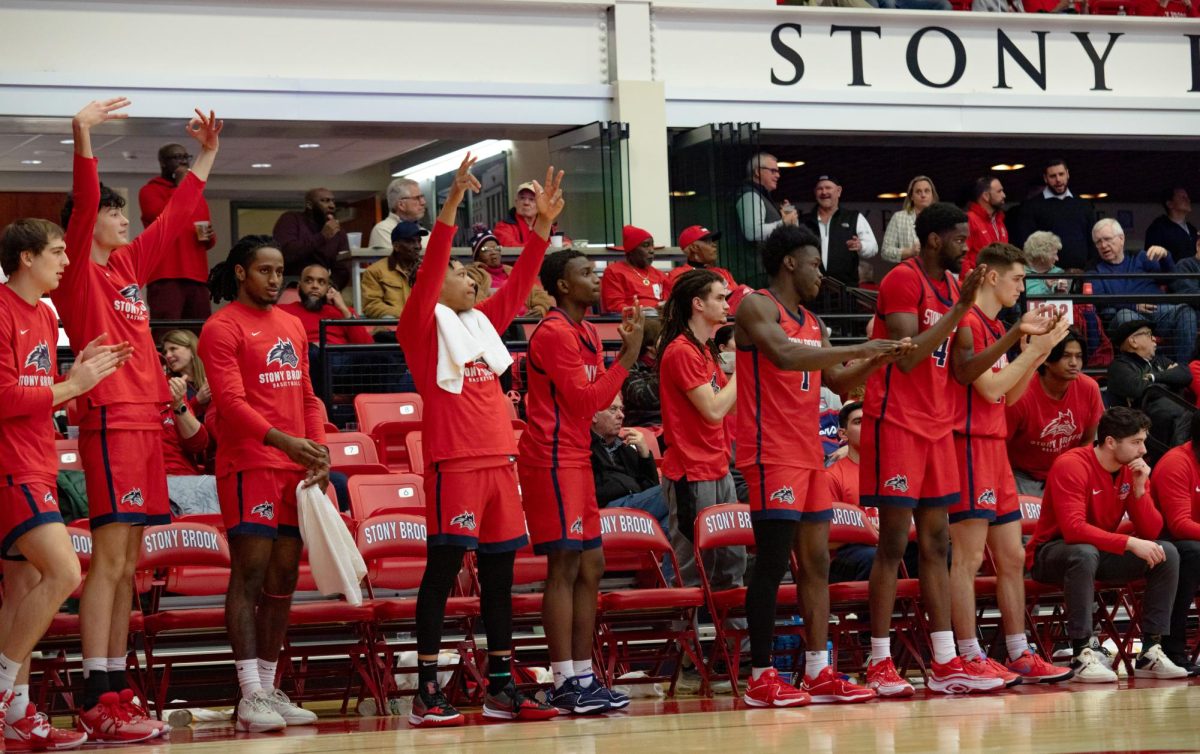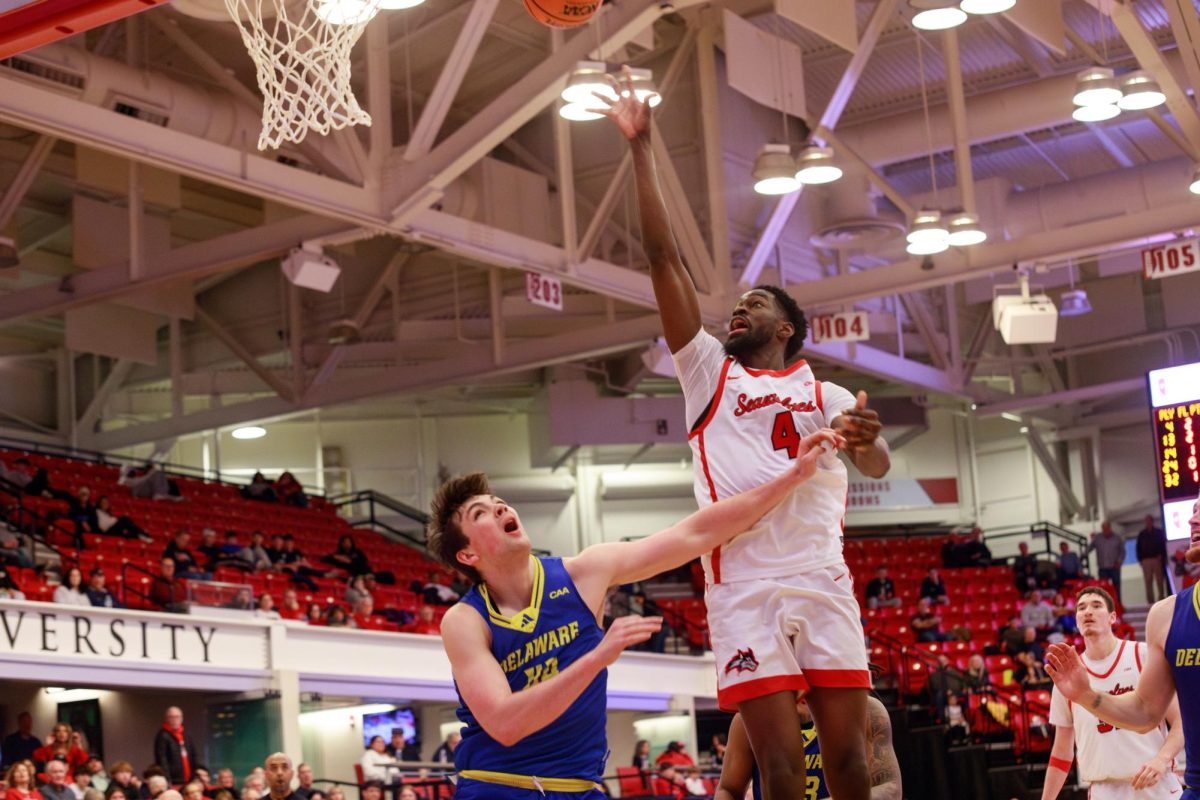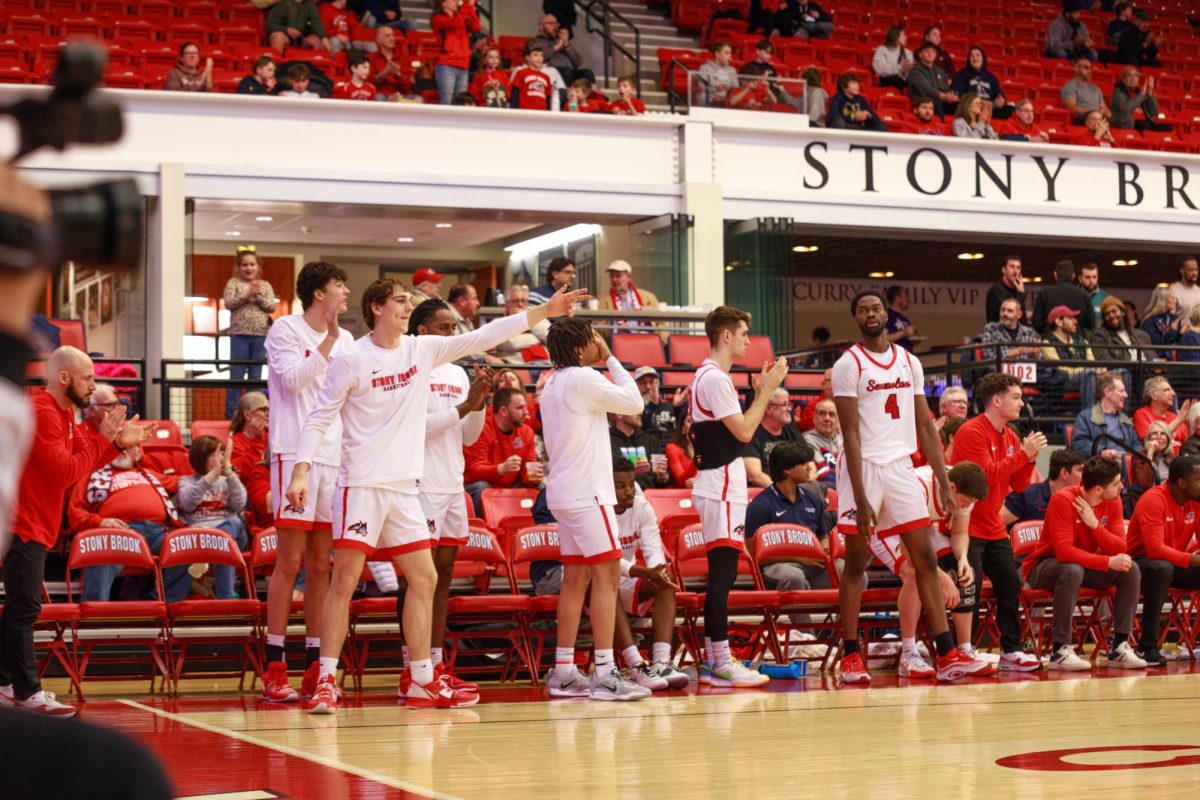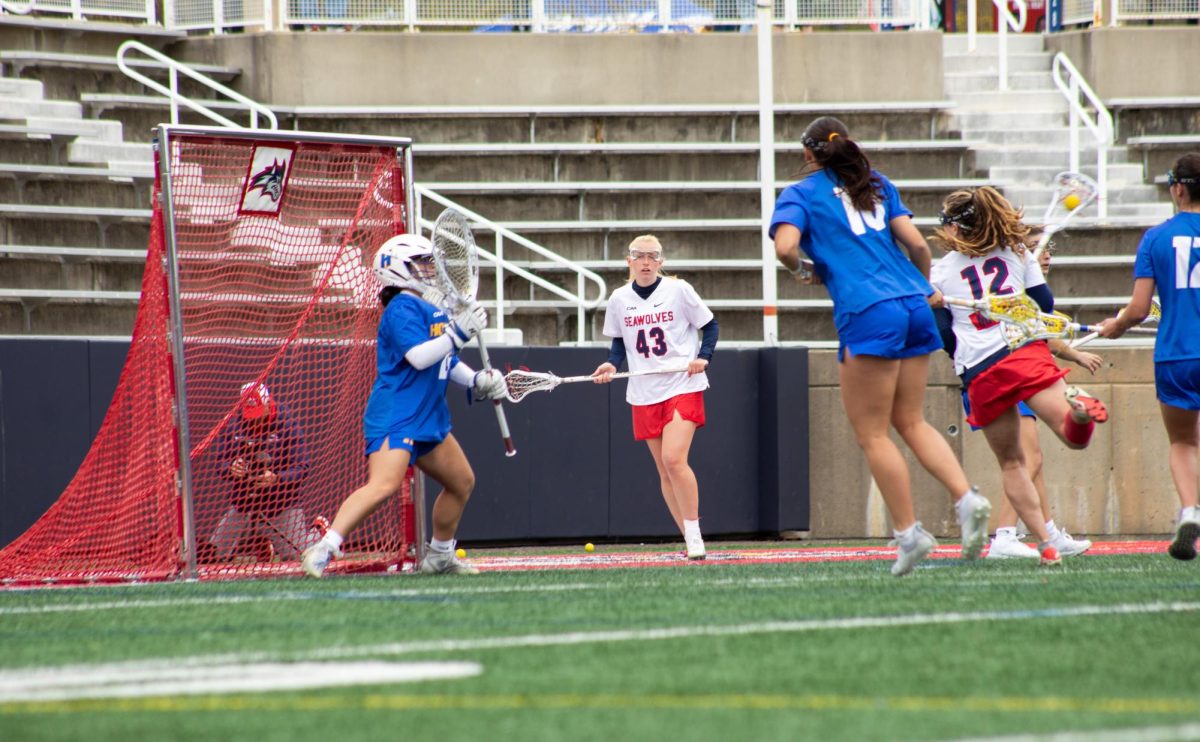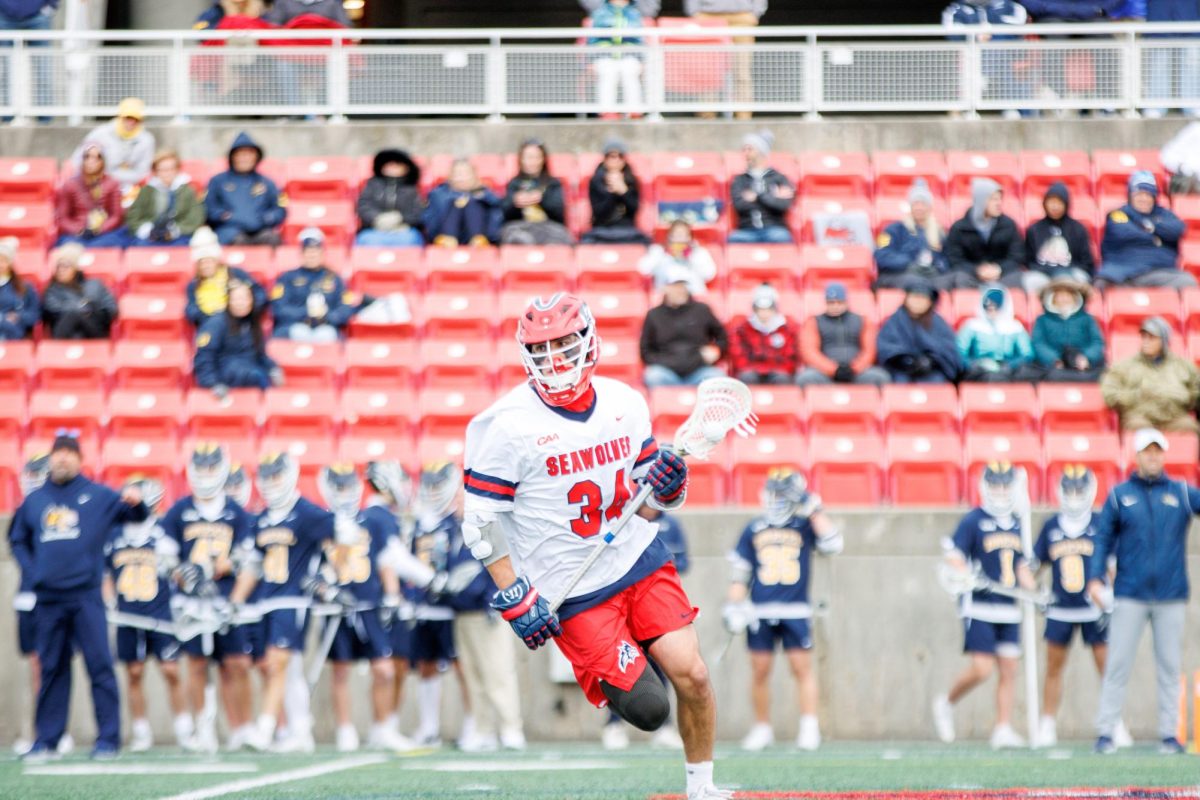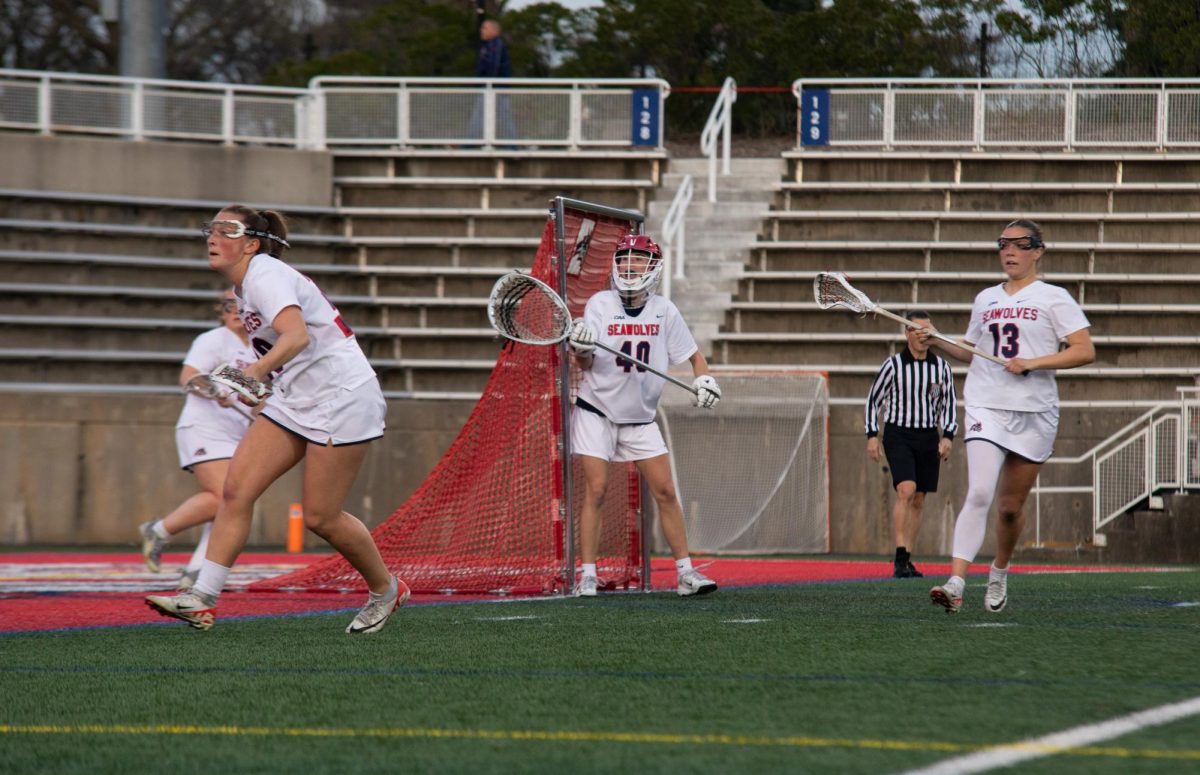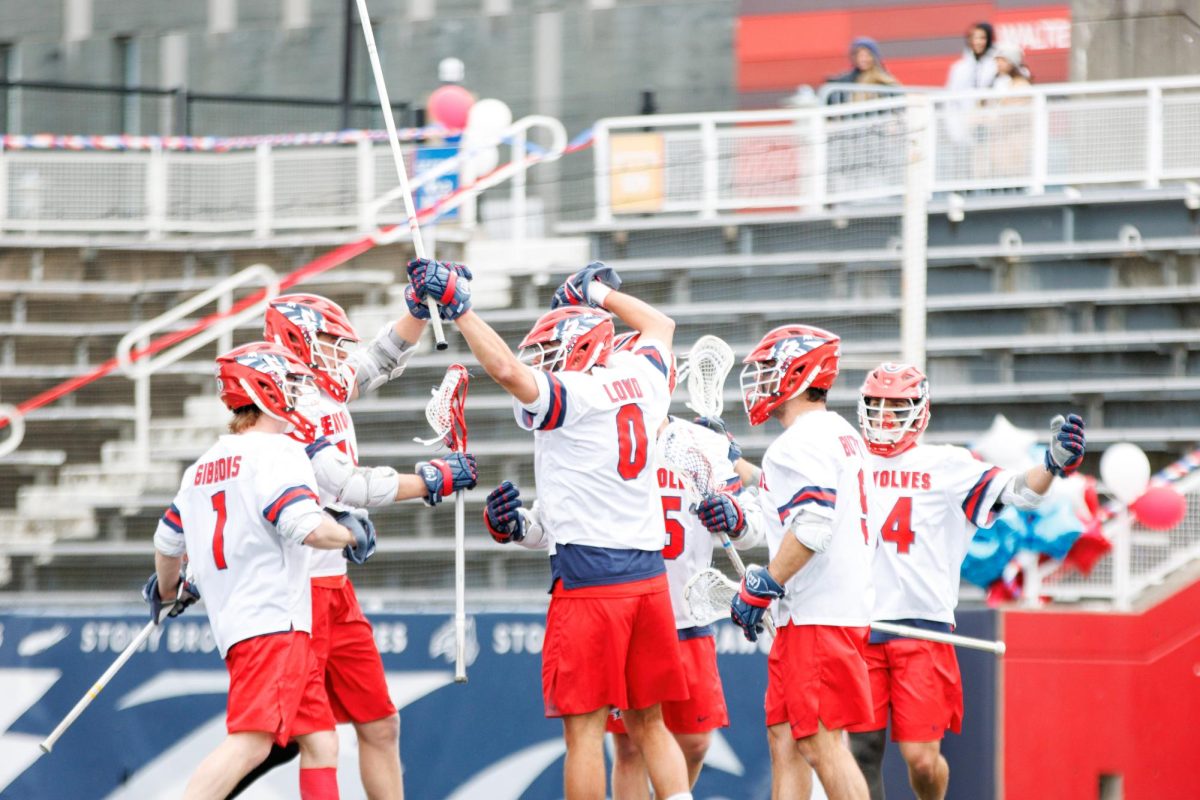
One of the major movements in the basketball world in the past decade has been the rise of the use of analytics. Analytics is the use of mathematical techniques to extract as much information as possible from traditional information available.
These techniques have been used in a variety of ways, from improving player development, coaching strategies and team construction. NBA front offices have not been the only ones to use analytics either—NCAA coaches including Brad Stevens, Thad Matta and Bo Ryan have all used advanced statistics to help build their programs. Some schools, like Pittsburgh, have designed their teams around the use of advanced metrics, while schools like Iowa State have their entire play style designed around an analytical concept. However, for the Stony Brook men’s basketball team, stats are a just a tool to help build around a program based on old school scouting and coaching.
“We grind through stats and we try to get as many advantages through our Synergy software that we have that kind of grinds through it but I’m more about getting stuff done on the court,” coach Steve Pikiell said, “Sometimes you can do analysis until paralysis. We try to look through a few things, defensively especially, and we try to help our players out too with as much as we can. I don’t like to overanalyze the numbers sometime.”
There are a variety of ways advanced statistics can be used to improve a team. One is through using shot charts to better determine which types of shot should be taken. Shot charts can be used to visualize where a player’s scoring strengths lie. By using these charts, teams can improve their probability of scoring by taking shots players are better at knocking down.
“We go through some of that,” Pikiell said. “I kind of know where a guy should be shooting anyway. I don’t need a shot chart to tell me that.” One of the key ideas in NCAA basketball is the “Four Factors” a concept created by Dean Oliver, also known as the founding father of the basketball analytics movement. These four factors are the four facets of basketball that determine if a team will win. The four factors are shooting, turnovers, rebounding and free throws.
There are a variety of stats that measure these factors for the entirety of the NCAA, which lets us see how well the Seawolves performed last year. Shooting is measured by effective field goal percentage, a variation on field goal percentage that adjusts for the value of the three point shot.
The Seawolves were a slightly above average team on both offense and defense, shooting with a 50 percent effective rate while letting up only a 48.1 percent rate, compared to the Division I average of 49.6 percent.
The Seawolves turnover rate was decidedly average, as they ranked 203rd in the nation in giving up turnovers and 124th in creating them for the opponent. The Seawolves’ true strength lies in their rebounding. They ranked 73rd in the nation in offensive rebounding rate and 14th in the offensive rebound rate of the opponent.
Their weakness lies in their ability to generate free throws however, as got to the line at a lower rate than the Division I average and allowed the opponent to generate numerous opportunities at the line.
The Seawolves will face a tough test in repeating their success from last year. They still, however, have a couple of major contributors coming back. Having both Jameel Warney and Carson Puriefoy coming back will help the Seawolves maintain their shooting and rebounding prowess. Warney in particular, was a dominant force, ranked 33rd in the nation in effective field goal percentage while being a top 150 rebounder.
In the end, it will come down to the new wave of recruits to match the lost production from Anthony Jackson, Eric McAlister and Dave Coley.







